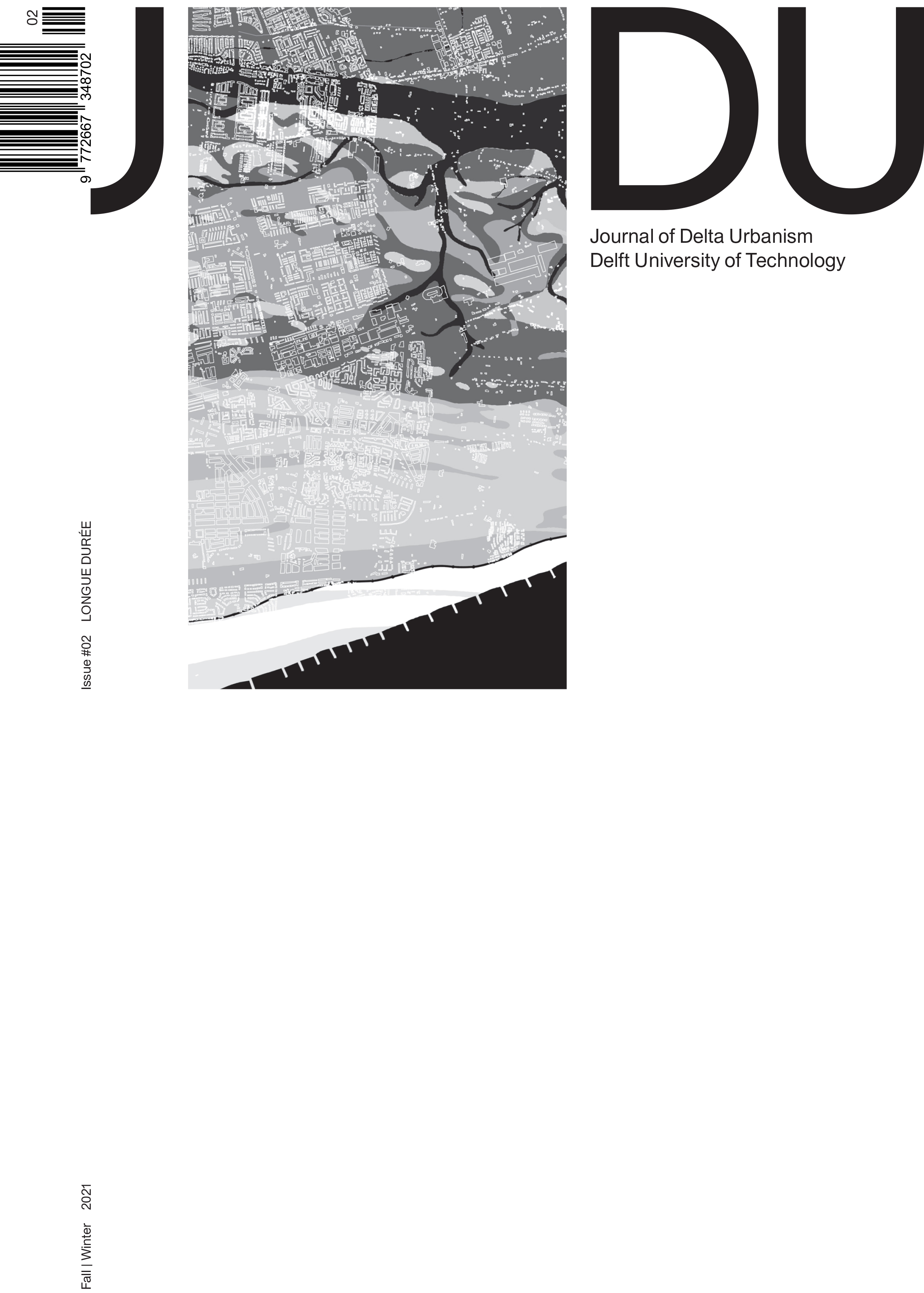Abstract
In this paper, concepts for deploying climate resilient design in deltaic regions which encounter environmental challenges are explored. Today, most deltas experience persistent flooding and long-term waterlogging which adversely affects the livelihood of its inhabitants. A new approach was formulated to rethink design and planning pedagogies in the discipline of landscape architecture at Delft University of Technology, to visualize open-ended spatial transformations involving both the landscape architect and the inhabitants over longer periods of time. The graduates proposed flexible spatial frameworks that integrate time and people1. This results in design interventions that do not rely on a fixed plan, but rather propose and visualize a process using a ‘water calendar’ as the driving force. The spatial water calendar is a chart that helps to represent time linked to space and water which can be useful to enumerate, elucidate, and determine time-based fluctuations in a landscape and make decisions accordingly. The idea was prompted by ancient calendars that were based on the rhythm of seasons – a method which farmers often used. However, the spatial water calendar also integrates other processes which are influenced by water, focussing specifically on the spatial impact, thereby becoming a design tool for landscape architects. The calendar developed in the Circular Water Stories lab is an open-ended framework stirred by a sequence of spatial drawings showing the temporal and social processes in relation to human-made interventions, resulting in spatial transformations through time and scale. Because working with a calendar is highly participatory in nature, the spatial water calendar will be more meaningful in vulnerable geographies2 where there is still a strong connection between people and landscape. Nevertheless, in other parts of the world, we imagine that this approach also opens new possibilities for landscape architects to engage with dynamic sites.

This work is licensed under a Creative Commons Attribution 4.0 International License.

